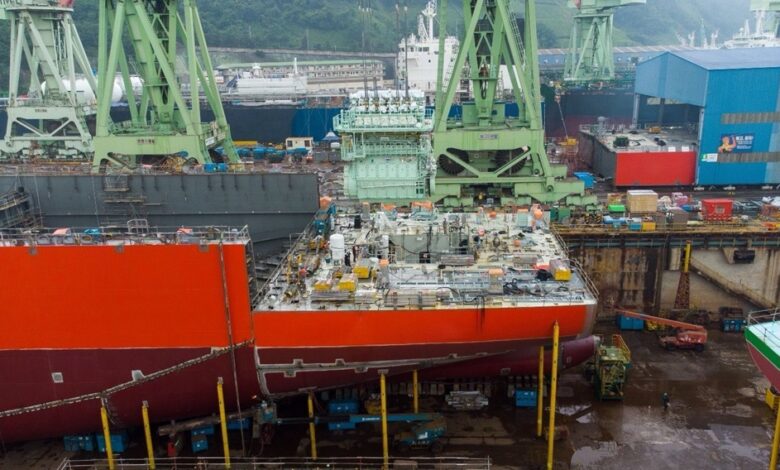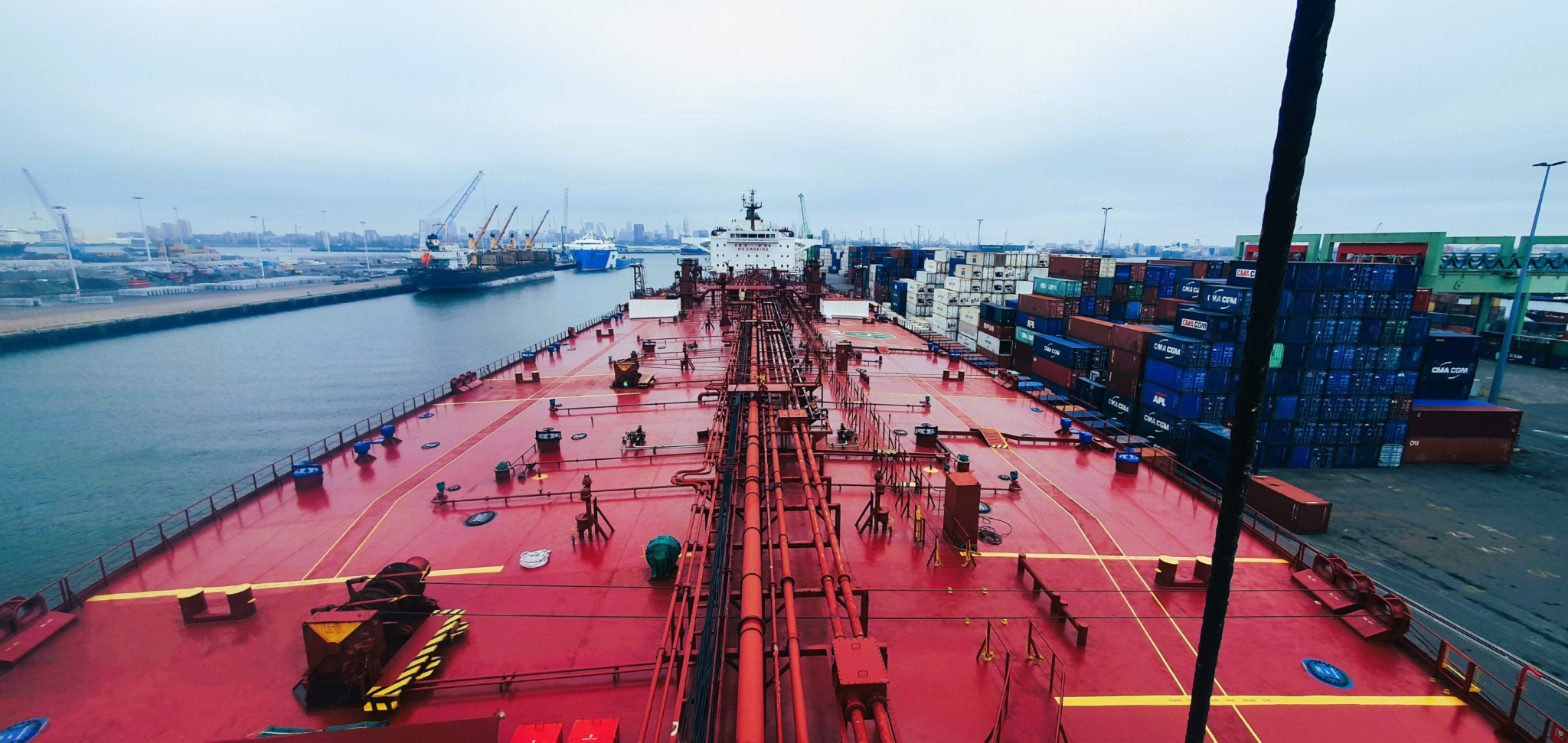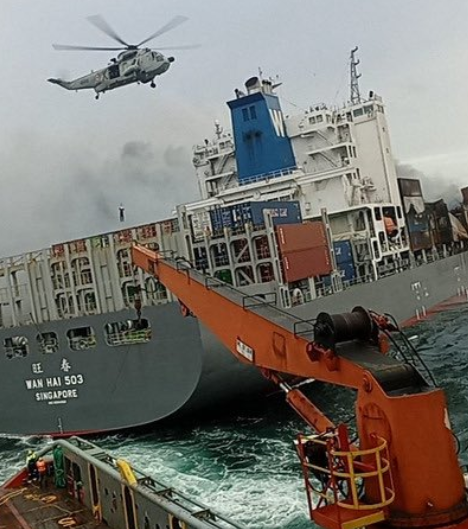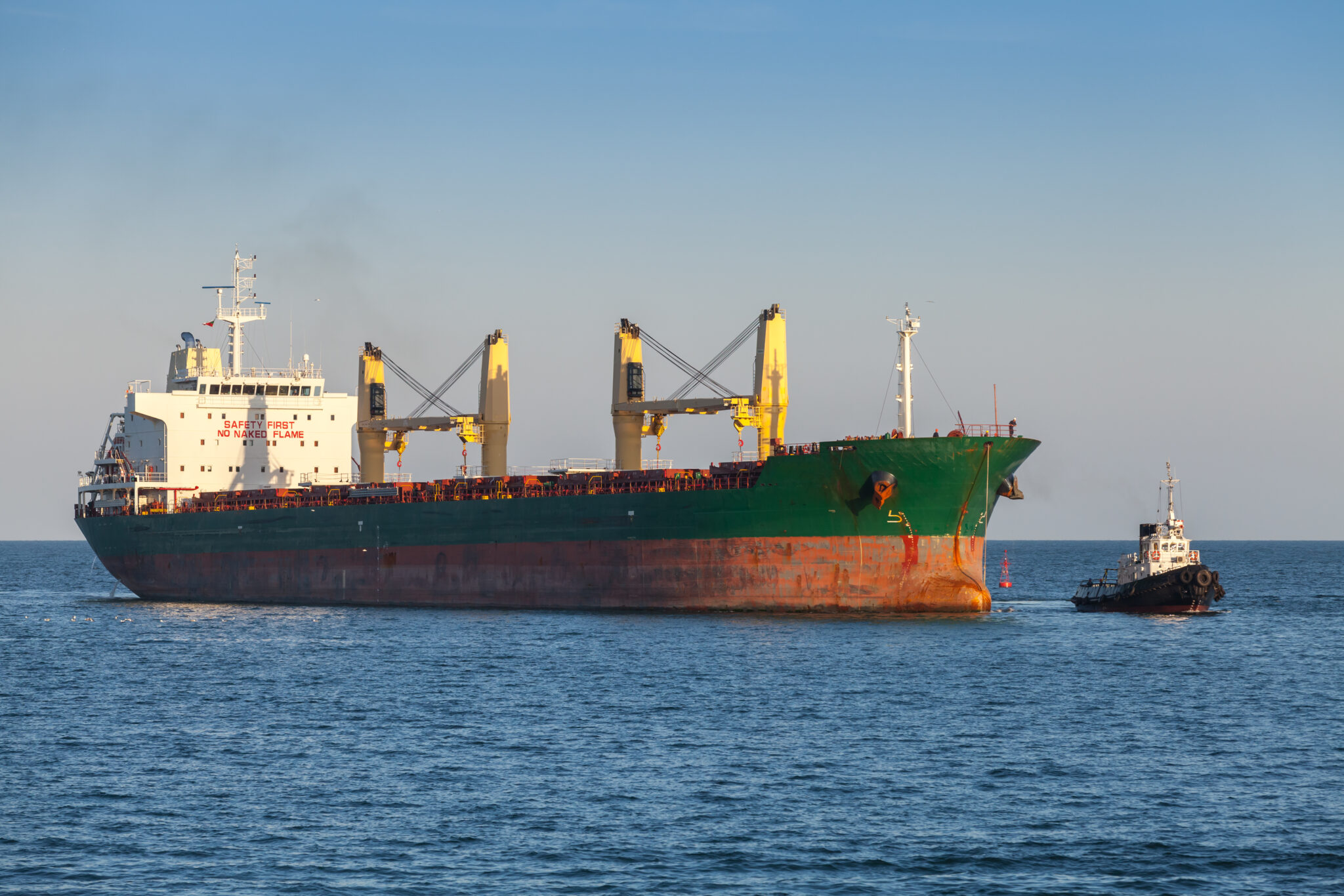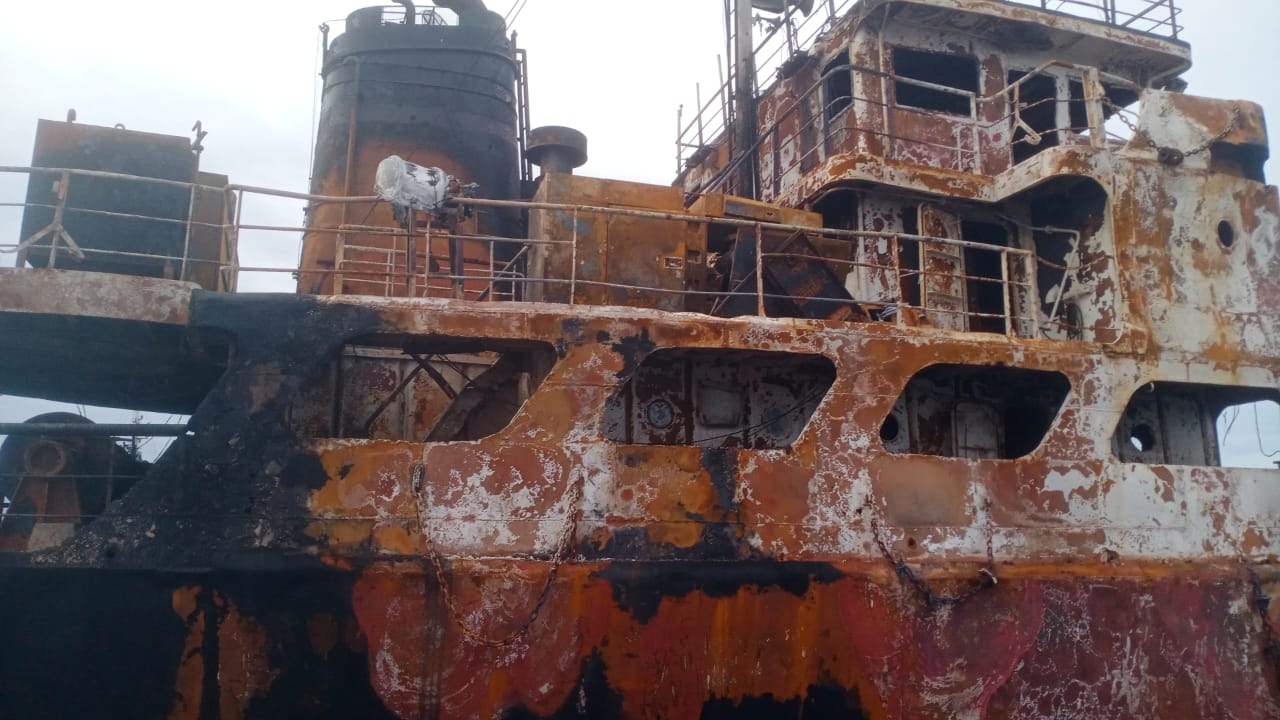Splash247: Ammonia engine tests show 95% emission cut
Ammonia as a frontrunner in shipping’s fuel of the future stakes is very much back in the headlines with news of a first green ammonia bunkering operation concluded recently in China, and Japanese companies mapping out landmark ammonia bunkering ops in Singapore, the world’s largest bunkering hub, scheduled for 2027.
Moreover, new data carried by the Global Maritime Forum’s Getting to Zero Coalition shows for the first time the immense emissions reduction potential for owners contemplating ordering this new form of propulsion.
Results from full-scale engine tests suggest that operating on ammonia could reduce a ship’s tank-to-wake emissions by between 90 and 95%, according to a report published today by the GMF. This exceeds the leading engine designers’ own initial expectations and targets.
“Data from real-world operations is now needed to confirm this picture. Independent measurement would help build confidence in ammonia’s expected greenhouse gas footprint,” the report suggests, adding some caveats onto just how much emissions reduction there will be in the early stages of ammonia adoption.
Operators interviewed by the GMF suggest they will initially only use ammonia 25% to 50% of the time on the first ships to build up experience and test systems before considering higher usage levels.
Moreover, the first ammonia-capable ships are also not expected to use ammonia when manoeuvring or at port, and questions remain about when or whether this will happen. Further, blue ammonia is expected to be a common choice through to 2030 at least. Therefore, ammonia-powered ships are unlikely to reach 90 to 95% emissions reductions overnight, the GMF pointed out.
Related Posts

